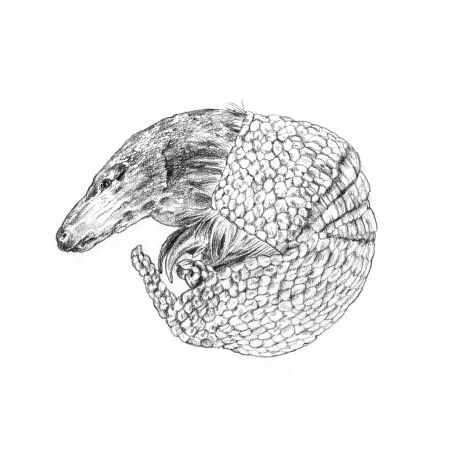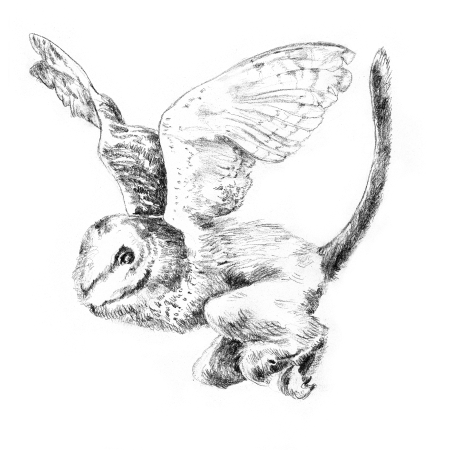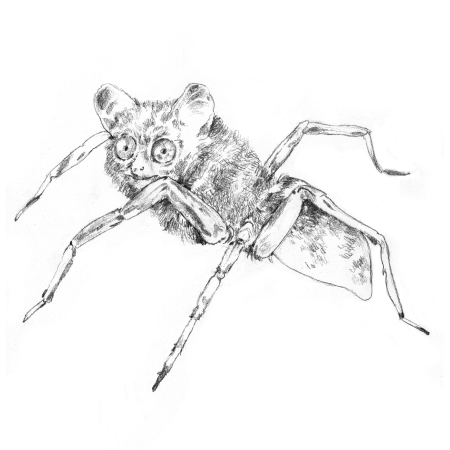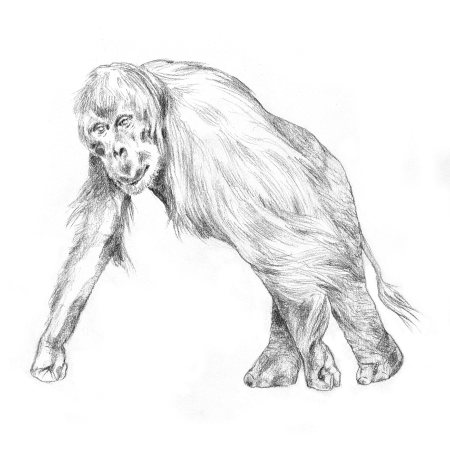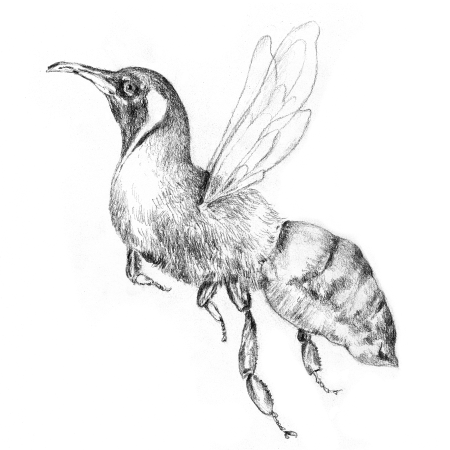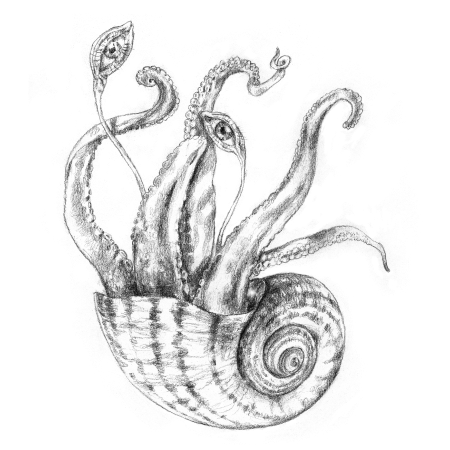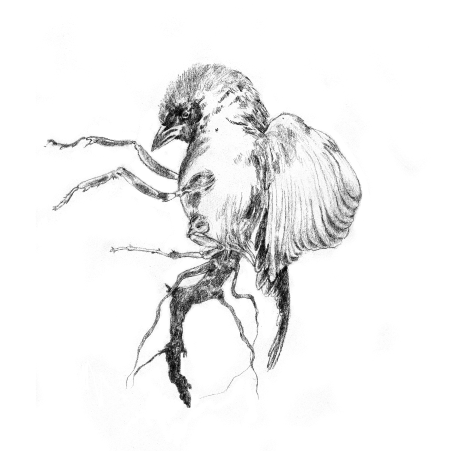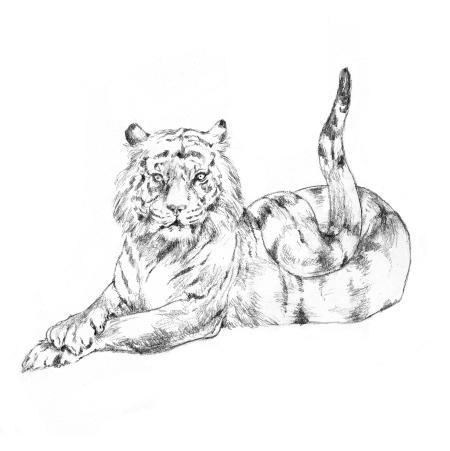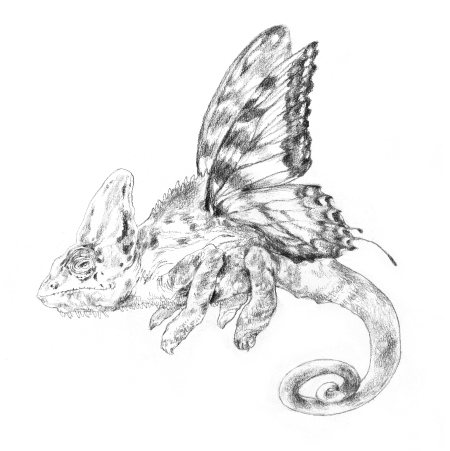If one thing has become abundantly clear in three years of the CreaTures project, it is that creative practitioners seeking to stimulate transformative societal change have incredibly rich understandings of what change looks like. They draw these understandings from their own practice experience, from inspirational exchanges with other creators, and from diverse writings and theory.
However, they have told us that they often struggle to translate this richness to the more limited or specific requirements of funding calls and other resources that they need to tap into to do their work. Similarly, our conversations with creative practice funders and policy makers show that they draw on rich insights about the change potential of creative practices – but that they struggle with the same limitations of funding requirements. Often, the language or structure is not really there to have more meaningful and multidimensional reflections about creative practice and change.
To help with this challenge, CreaTures has developed a new tool: 9 Dimensions for the reflective evaluation of creative practices. The 9 Dimensions tool has been developed through a structured interview process with a number of our creative practitioners; through dialogues with funders and policy makers; and through extensive engagement with different literatures that provide understanding about the links between creative practice and change – including insights from across sociology, psychology, anthropology, human geography, political science, and sustainability and complex systems science. It has been an amazing journey through these different literatures to put this work together! For more on the research that led to the tool, see here.
Each dimension provides a different way of looking at a creative practice and how it seeks to engage with change. The dimensions are not meant to be understood as a single indicator or target, but rather as an entire world that can be investigated and reflected on. Many more specific questions can be asked about each of these dimensions.
Click ‘read more’ to find a number of elements for each dimension:
- The core question – what this dimension is helping to investigate
- Key links between this dimension and societal transformation – why does this dimension make a difference, what do we know about it?
- Descriptive questions – what happened in a project in terms of this dimension?
- So-what questions – how do we know what happened mattered? And for whom?
- Potential methods to research this dimension
- Research background – a longer version of the ‘links to transformation’ text, with full references to the relevant literature.
Here are the 9 dimensions, organized by three overarching types of change:




